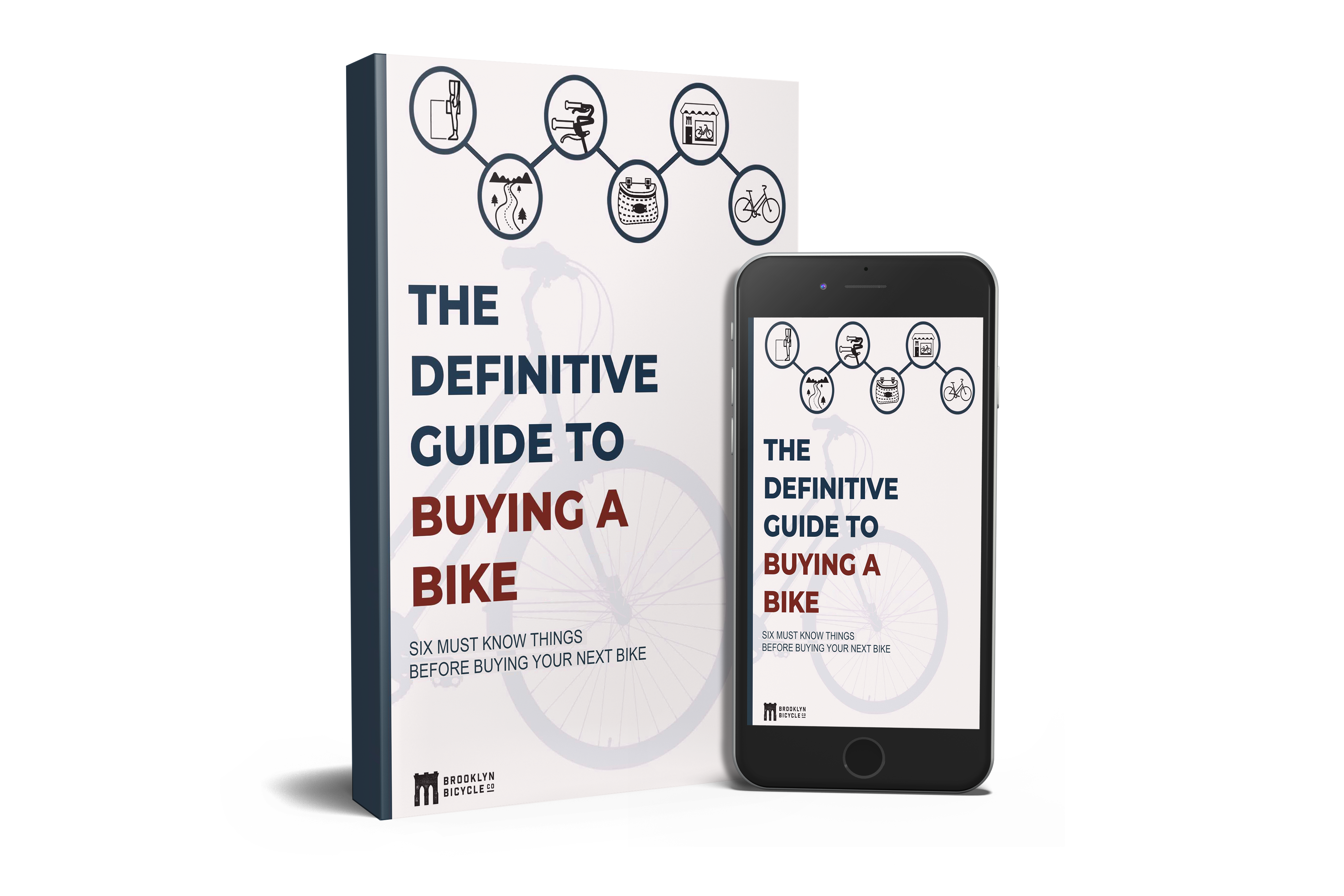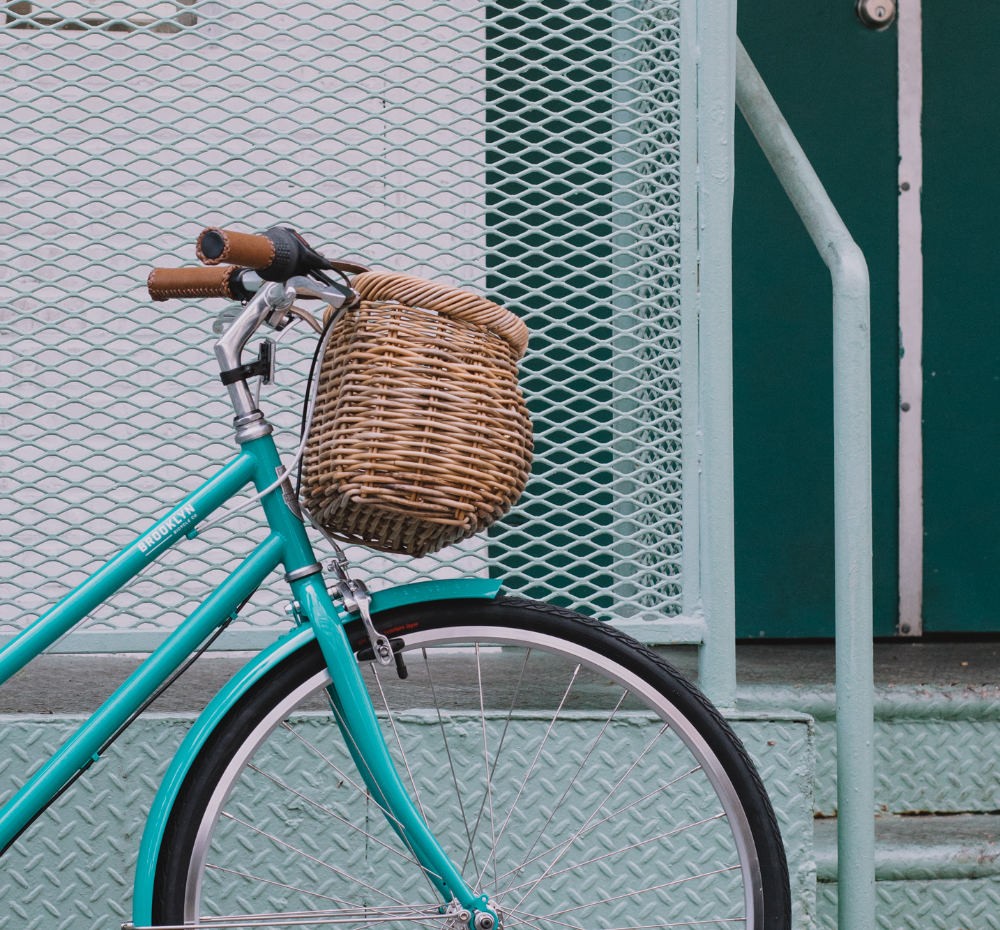Featuring Tom Shay
There are a lot of reasons to feel down about today’s economy. It seems like competition and consumer expectations are always going up, and many independent bike shop owners feel like they’re stuck trying to do more with less.
While it’s easy find the challenges of today’s economy frustrating (at best) or insurmountable (at worst), retail expert and founder of Profits Plus Solutions Tom Shay prefers to see opportunities.
The way Shay sees it, independent bike shops have a great chance to thrive regardless of economic trends. After all, more and more people are riding bikes (which means more and more people are shopping for bikes). Demand for bike accessories is on the rise. And there have never been more ways to market your brand to a huge range of target demographics.
If you’ve been feeling down about the future of your shop, Shay proposes employing the following six strategies to reinvigorate your business.
Get on top of the numbers
“You’ve gotta understand how numbers work in your business,” says Shay. “You’ve gotta understand… how inventory control works. You gotta learn how financials run. It’s not enough to love to ride. You’ve gotta want to be a student of running a business.”
Growth has to be planned, and it takes numerical know-how to plan for it. Even if it means going to classes or enlisting third-party help, make sure you’re equipped to manage your company’s cash flow in a sustainable manner. Shay advises living by the old expression: “Making profit can give you a thrill, but it’s having cash flow that’s paying the bills.”
Change the way you order inventory
When it comes to inventory, Shay says he sees many bike shop owners simply order more of whatever they bought last year. But that, he says, is a mistake. Instead, he recommends a much more involved ordering process.
Start by referring back to what you’ve sold over the last few years and being realistic about what is going up and what’s going down, says Shay. Plan to adjust your order accordingly.
Then, spend a lot of time thinking about your target demographic. Are you catering to mountain bikers, road cyclists, or both? What are these customers looking for when they come into your store? What’s the niche that you’re best equipped to target? “You’ve gotta know who [your customers] are so that you know as you’re buying inventory which areas of inventory you want to stock the deepest,” says Shay. “The better you niche, the more you get rich.”
Finally, be willing to embrace selling out for the season. Shay explains this bluntly: “Would you rather lose a sale or would you rather be trying to sell stuff that’s multiple years old?”
Make your hours suit your clientele
Consider whether your hours are making it easy for bikers to get to your shop, says Shay. If you’re only open from 10 am to 5:30 pm every day, that means anyone working a traditional office job is unlikely to be able to frequent your shop. Many folks who fall into this camp head out for early-morning bike rides before work or for early-evening rides afterward.
What if customers could roll into your shop during the times when they’re already out and about on their bikes? You’d suddenly become a dependable resource for the local biking community, which is likely to improve your shop’s perceived value and increase referrals.
Advertise around something more than price
So many stores fall into the pattern of advertising based solely on item and price, says Shay. When you think about it, this is kind of counterintuitive: Bike shops owners don’t want customers to be focused exclusively on price, yet many advertisements suggest that’s all shops care about.
“It’s a losing game,” says Shay. “You start planning on diminishing your margins all the time.”
So what’s the alternative? “[You] have got to offer something else to [your] customers—something to engage them,” says Shay. To that end, start emphasizing the value your products bring to the table, not just how much they cost. You might also consider advertising unique opportunities offered at your shop, such as community bike rides or options for people to take bikes on longer test rides than they can at other stores.
Don’t fall prey to chronic discounting
“Stop discounting everything,” says Shay. “Even if everybody else is doing it. Don’t die along with them.”
He points to the fact that studies have found sizeable discounts are most likely to appeal to customers who are unlikely to return to your shop. “They just follow the deals around,” says Shay. So while it may be tempting to issue 50 percent discounts on bikes in the hopes of attracting more customers, odds are good you’ll only attract them for that single transaction. On the other hand, “smaller discounts are more likely to appeal to repeat customers,” says Shay. You might also consider adding an additional item (such as a free T-shirt or a free service for a period of time) instead of reducing the price.
The takeaway? Don’t assume discounts are a magic bullet for reinvigorating your business, because the opposite is often true. When you do discount, do so conservatively and strategically so as to appeal to the customers you most want to come back to your store.
Ditch the snob appeal
“[As a retail industry], we have an issue with snob appeal,” says Shay. He points to the example of the now-ubiquitous bumper sticker that proclaims, “I’d rather eat worms than ride a Huffy.”
But, he points out, “How many people start out riding one of the name brand product lines [such as] a Huffy [or] Schwinn?” When these folks enter a shop to seek out upgrades, “they’re getting the message that they’re being laughed at.” And that’s hardly a message that will invite those customers to stick around.
Take the time to consider the messaging that’s conveyed by your shop’s inventory and your employees’ attitudes. (For example, says Shay, “Do you have someone who will only sell $3,000 bikes but won’t sell a cap?”) The more you can develop inclusive and affirming messaging, the more you’ll create a space that bikers of all stripes want to frequent.
When it comes to the bike shop industry, says Shay, “There’s no one story that paints the whole trade.” But one thing’s for certain: By implementing the strategies outlined above, you can help ensure that you’re set up to transform economic challenges into profitable opportunities
Tom Shay is a small business expert, with over 25 years of experience as a fourth generation family business owner. Tom's writings on small businesses have been featured in over 75 trade publications. He has also written twelve books on managing small businesses. In 2017, Shay was invited to speak at the Interbike conference to shed light on how to be successful in today's retail environment.

We build bikes for vivid lives—for taking adventures, reconnecting with old friends, discovering new neighborhoods and exploring hidden gems. Inspired by the streets of Brooklyn, our bikes are built for style, comfort, and durability. Made with top quality parts, crafted with care, and sold at an affordable price, your bike is yours for life. We scrutinize every component for maximum sustainability and performance, and every millimeter of the frame for ultimate comfort and style. We take pride in our process, in our products, and in the people who sell them.


